
The saying “Being a Christian in a land of Indians”—Indians who have a different conception of the world and a different religion—means: you’d better watch your step if you don’t know what you’re stepping on. I would also add: you better watch it if you talk about resistance in a land of Indians. Because if anyone has resisted in this country, it’s the indigenous people. For 500 years [since the arrival of Europeans in the Americas] we’ve had a system that has tried to make them disappear—not just to exclude them, but to erase them from the face of this earth and take over their lands. This has been the only objective.
So, who has resisted more than they have? What could we possibly tell Mexico’s indigenous people about resistance? Nothing. Instead, we have a lot to learn from their resistance. Starting with the fact that—as you clearly see in San Cristóbal de las Casas—the presence of the indigenous universe and cosmovision still governs the visual realm, the auditory realm, the architecture, and the clothing. Here, the presence of the indigenous world is still stronger than the presence of the West, and that’s no small thing. Because here, until not too long ago, indigenous people were forbidden from walking on the sidewalks. They had to walk in the gutter. Donkeys were allowed on the sidewalks, but not indigenous people. Furthermore, there are records that show how in San Cristóbal indigenous women were used by the tourism industry as a means of transportation up until the 1950s. If a Western man wanted to go sightseeing on a hill, he could climb on top of a woman with a whipping stick and make her carry him up it. On his way back, he could also get sexual services from her. Zita Basich [de Canessi], an anthropologist who passed away several years ago—she was the person behind the Mexican Museum of Anthropology—told me about the case of a woman who experienced this situation in Chiapas during the ’50s. This example helps us to picture what the system of repression [and exploitation] has been like for Mexico’s indigenous people. I recommend two great resources for a deeper understanding of this: Mexico Profundo: Reclaiming a Civilization (1996) by Guillermo Bonfil Batalla, and México Bárbaro (1910) by John Kenneth Turner, an American journalist who came in 1908 and paints an incredible picture of the Porfirio Díaz dictatorship and the abuse of indigenous people in Mexico.
With this in mind, I think it is very important to understand that we are in a land of Indians. Ultimately, Mexico is a land of Indians, and “worshipping God in a land of Indians” has been this country’s biggest problem—imposing a God, a religion, and ultimately and above all, imposing an economic and political system whose basic platform includes the exclusion of native peoples. Its main ideologies today are capitalism and neoliberalism, but since the beginning, for the past 500 years, the goal has been to erase native peoples, to shove them aside.
If we think of such a democracy—in which the people are an obstacle—it’s a total contradiction, right?
In México Profundo, Bonfil Batalla says in a truly brilliant way that there are two Mexicos: a “deep” Mexico and an “imaginary” Mexico. The latter is a nation-building project, one that didn’t simply come from abroad, but was actively embraced by many Mexicans in the 19th century who were trying to conceive of Mexico as a fully-formed [westernized] nation. In this project, there was no space for indigenous cosmovisions or culture. Thus, the imaginary Mexico is the Mexico that “should be.” This Mexico isn’t that. It is a Mexico we aspire to, one that is sold to us on TV every day. During the colonial period, it was Spain, in the 19th century it was France, and now it’s the US. Ultimately, the message has always been: Mexico shouldn’t be what it is; Mexico should be other than it is.
According to the logic of imaginary Mexico, if you are indigenous you have to stop being what you are, because you can only have a future if you stop being what you are. You have no future if you continue being yourself. It’s an incredible thing, the West telling us: “I am the future, I am progress, I am modernity. My culture is the future. You have a future only insofar as you enter into my culture. If you stay in your own culture, you have no future.” It’s a terrible paradox: you must stop being yourself so you can become your future self. Consequently, Bonfil speaks of a fictitious and schizophrenic state of being, because obviously you can’t deny your identity in order to be somebody else. Bonfil speaks about the ways in which people become excluded from their own ways of life. For example, the Lacandón people who live here in San Cristóbal are told: “I live this way and the way you live is wrong. What you eat is not food, I’ll show you what food is.”
Bonfil argues that the notion of democracy was established two centuries ago as one of the fundamental aspirations of Western civilization. But the idea of democracy was transplanted into Mexico in a mechanical way, without taking its culture into account. So—because it’s a mechanical construct, stemming from a Mexico that does not exist, an imaginary Mexico, invented as a Mexico that “should exist”—the paradox of is that Mexico becomes a non-nation (un no-pueblo) because it is an obstacle to democracy. And the Mexican people become a non-people (un no-pueblo). If we think of such a democracy—in which the people are an obstacle—it’s a total contradiction, right?
In that sense, the entire cultural heritage belonging to “deep Mexico” is relegated into the category of the useless. There is poetry from the early Conquest-period that says that jade, feathers, precious stones, and rich fabrics were all disregarded during the conquest. It’s very surprising that when Cortés arrived to Mexico they offered him a goblet made of gold filled with chocolate, but he only saw the golden goblet. And we say, “Damn! The chocolate was the good stuff!” But he simply couldn’t see beyond the golden goblet. This is a very important story for helping us understand how the West arrived and only had eyes for gold, disregarding the richness of this culture and trying to render it useless.
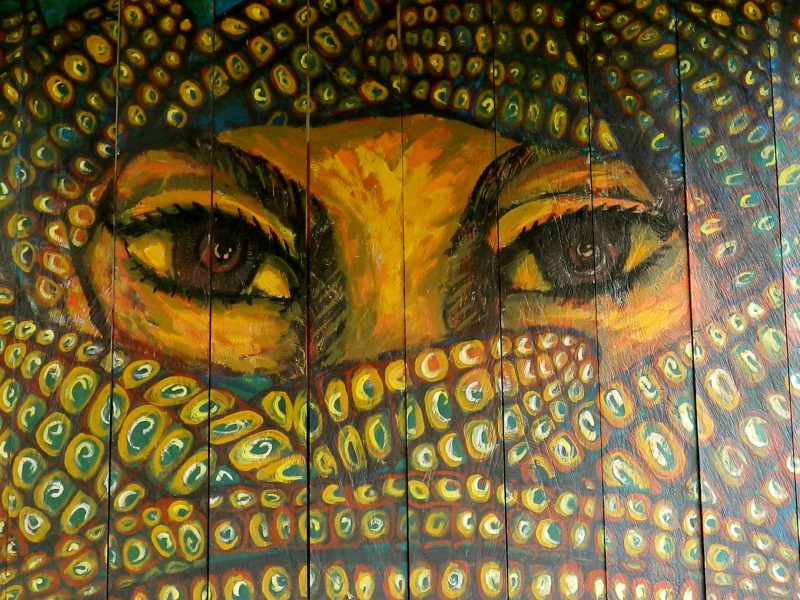
San Cristóbal de las Casas, Chiapas, México. Foto: Marcos Steuernagel, 2011. 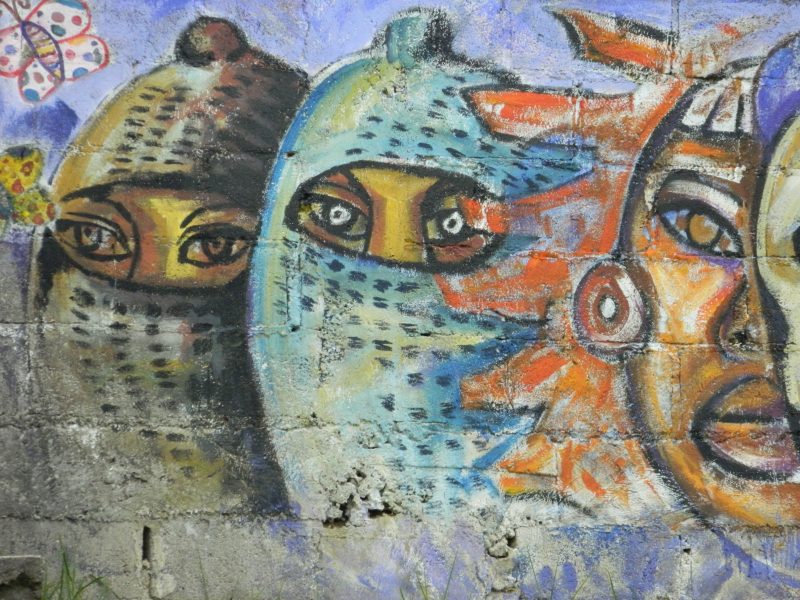
San Cristóbal de las Casas, Chiapas, México. Foto: Marcos Steuernagel, 2011. 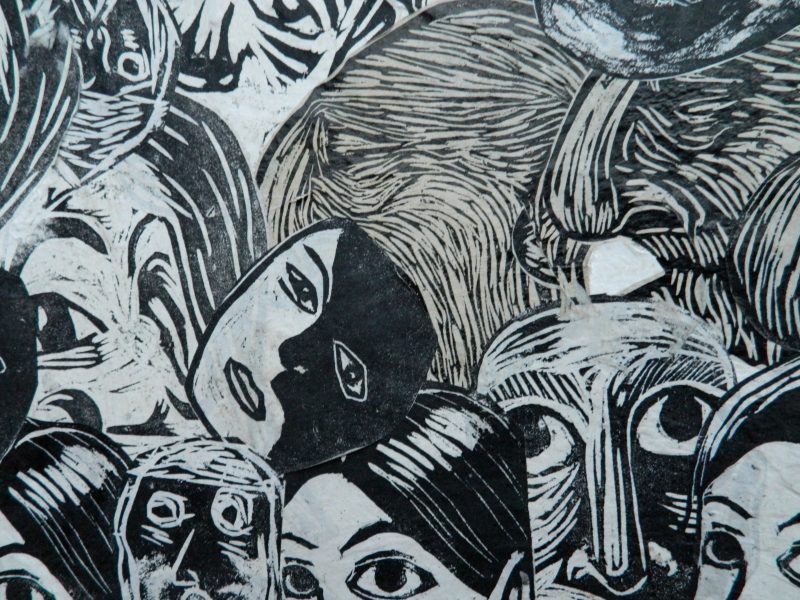
San Cristóbal de las Casas, Chiapas, México. Foto: Marcos Steuernagel, 2011. 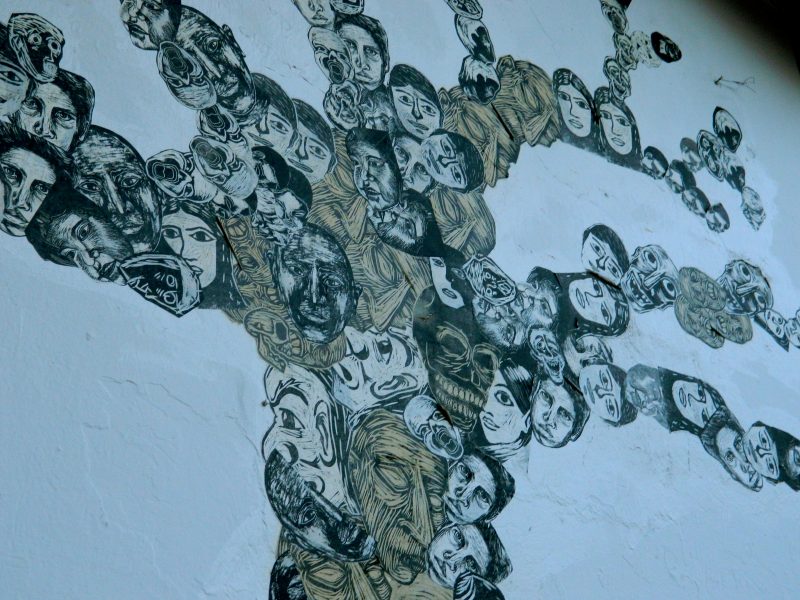
San Cristóbal de las Casas, Chiapas, México. Photo: Marcos Steuernagel, 2011. 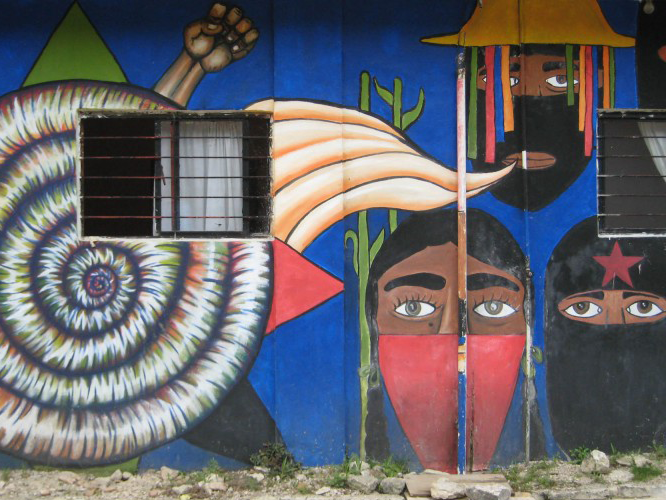
Oventic, Chiapas, Mexico. Photo: Lorie Novak, 2013. 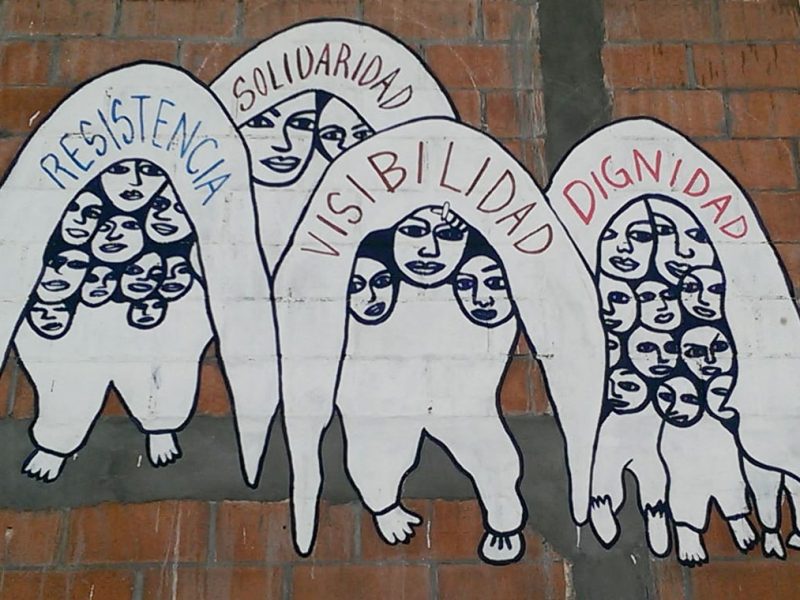
Casa para el migrante La 72, Tenosique, Mexico. Photo: Marcial Godoy-Anativia, 2015.
One wonders: who are these people with a nation-building project that goes against the majority living in a different way? They are members of what the Zapatistas call el mal gobierno (the bad government): a minority of people who insist on imposing a system that goes against the majority. And they’re getting away with murder once again. Now we are in the year of the bicentennial, and we see we have nothing to celebrate. Independence, ultimately, isn’t independence. We’ve been dependent on Spain and we’ve been dependent on the US throughout our entire history. And [real] democracy doesn’t exist. Mexico has never had a president that emerged from democracy. We’ve had nothing but fraud and imposition. So what revolution are we talking about? During the independence period, they murdered Hidalgo and Morelos, just as they murdered Zapata and Villa during the [Mexican] Revolution. And the people in power today are still members of a tiny oligarchy willing to subjugate the majority in order to preserve their privileges.
Within this framework, we can see that the indigenous world has had an extraordinary history of resistance, especially because the motor for the construction of the nation was put in place during colonial times, when the colonizers implemented a system of cultural control—beyond the strictly economic. Thus, the phrase “to love God in a land of Indians,” which I brought up earlier, means that you have to subjugate people at the cultural level in order to subjugate them at the economic level. In other words, if I want to take your land and keep it for myself, I first have to subjugate you culturally. I remember seeing an extraordinary performance in the US, in New York, about a Native American who lived on a reservation and went straight from the reservation to Vietnam, and from Vietnam back to the reservation. And in the performance he said: “When the colonizers arrived, they brought the Bible and we had the land. Out of respect to their gods, we closed our eyes and got down on our knees to pray. When we opened our eyes, they had the land and we had the Bible.” This speaks of a cultural invasion first and foremost, before the economic invasion.
Subjugated groups have therefore continuously struggled to preserve and expand their own cultural realm. As you might notice, there’s an enormous struggle, as I mentioned before, that is fought through [traditional] clothing, textiles, bags, and sandals. This is a strategy of preserving your culture in such a way that not only isn’t aggressive to the colonizer, but that the colonizer appreciates. They end up saying, “Oh, this fabric is so cute! I’ll wear it,” which is ultimately part of an extraordinary act of cultural preservation and resistance that often goes unnoticed. And of course pants and baseball caps are Western items of clothing worn by millions of people around the world—yet we still see people here in San Cristóbal wearing these traditional clothes. Why? Because it’s an act of cultural resistance. An invisible act, if you will, but it’s there, it’s present as part of this cultural preservation.
Returning to Bonfil, how can we address Mexico’s cultural reality when we have this massive schizophrenia? How can we overcome this tremendous clash between two worlds that come from two completely different cosmovisions and that have existed in tandem for 500 years? And this schizophrenia still exists: I swear to you that there’s currently no way for us to break down the racist barrier between people who are “Indian” and people who are not “Indian” in Mexico. Even when we appear to do it and are collaborating with each other, as Doris [Difarnecio] notes, there’s always a strange barrier.
And in relation to sexuality, Oaxaca is—in my experience—one of the places that represses lesbians the most within their own indigenous families. In other words, it’s not always as simple as saying, “Sure, we respect diversity.” We still find all kinds of homophobic behavior. And so a crucial point Bonfil makes is that “it’s not about bringing back a village civilization, but about reconstructing the necessary spaces for the development of an updated civilization, one that is current today and projects itself into the future.” I feel that this comment is of the utmost importance, because there’s this whole idea of—“Oh well you’re just nostalgic for the Indians and the pyramids. You just want to return to the past and forget everything else.” No, not at all. It’s simply that we have to solve this terrible problem of a denied cosmovision, a denied civilization, which isn’t allowed to express itself on the international stage alongside other nations.